 10 Steps for Creating Standard Operating Procedures for Architects
10 Steps for Creating Standard Operating Procedures for Architects
Michael Gerber, the author of The E-Myth Revisited, said, “Organize around business functions, not people. Build systems within each business function. Let systems run the business and people run the systems. People come and go, but the systems remain constant.”
This week at EntreArchitect Podcast, Simple SOPs: 10 Steps for Creating Standard Operating Procedures for Architects.
In business, standard operating procedures are the answer to your questions. How do you make more money? How can you find more work? How can you get your employees or contractors to do what you want them to? How do I get more done?
The answer is SOPs; Standard Operating Procedures for Architects. They make you a stronger, more effective leader. They clarify your vision and communicate, support and help with decision-making for realizing that vision. SOPs build a better culture. They’re an intentional reinforcement of the behaviors that help us realize our vision and the kind of workplace that we want our firms to be. SOPs allow us to build better businesses, so we can be better architects. Once they’re developed, they allow us to focus on what matters most to us and spend more time on the things that we love to do. Creating SOPs might be the most important task we have as entrepreneurs.
Unfortunately, most of us don’t have standard operating procedures. Why? Because we feel that the systems will hinder our creativity? That if we great a standard process we’ll start to create standard projects?
Of course not! They’ll allow us to have more time to spend on developing our creativity and give us more opportunities to be better architects.
Or maybe we don’t create processes because we were never taught. We’re not business people, we’re architects.
What are the 5 components of every SOP?
- A process, the manual methods used for accomplishing a task. Effective processes are clear, replicable, documented, supported by tools, and easily accessible.
- Systems, or automated methods for accomplishing tasks.
- Roles are the expectations for how someone doing the work should use his/her skills to achieve the goals.
- Skills are complete sets of knowledge that are used to execute the processes.
- Structure is how the different roles interact.
“For the first 25 years of my life, I wanted freedom. For the next 25 years I wanted order. For the next 25 years I realized the order is freedom.” – Winston Churchill
10 Steps to Creating Standard Operating Procedures for Architects
1. Company Identity // Your firm’s name, logo, letterhead. Maybe you want to document your firm’s mission and vision to remind your firm of the purpose of your work.
2. Introduction // Have clear communication about the background for the SOP. What is the purpose and scope? Why are you creating it? If your SOPs are digital, you can have keywords that are searchable for future reference.
3. Role // Which role is responsible for this SOP?
4. Responsibilities // What is included in performing this SOP?
5. Skills // What is required to accomplish this task? You want to align the skills with the responsibilities and roles, so pick someone who possesses the strengths needed for this role.
6. Resources // What do you need to accomplish this SOP? Organize a list of links, a book, a specific section in a book, etc.
7. Instructions // A written, step-by-step procedure including every single step, no matter how small the detail. If it works for what you’re doing, create a screen-share video of the task as you’re completing it. The more time you spend on developing the clarity, the more time you’ll save in the end.
8. Monitoring // Check in for the effectiveness and efficiency of the process. As it’s being carried out, someone should be reviewing how it’s working.
9. Correction // We want things to improve and evolve as technology changes and you have more experience. How can you correct your procedures as you know more?
10. Verification // This is where accountability comes in. The process gets assigned to the implementor who confirms that the process has been completed. Then, the reviewer confirms that the work was done effectively.
It sounds pretty simple, doesn’t it? Use whatever works for you: Evernote, Google Docs, Trello or something else that fits with your firm’s culture.
You can create a system for anything: CRM, marketing, website maintenance, advertising, social media, sales, technology processes, hiring and performance reviews, communications, and more.
Homework: This week, pick one procedure and document it. Use these 10 steps to develop your first SOP and you’ll see: it’s not that hard!
Don’t miss this week’s blog on my one word for 2017: Simplify. Visit EntreArchitect to learn more!
Visit our Platform Sponsors
TruStile is a leader in high end, architectural interior doors. Visit them at TruStile.com to learn more!
Freshbooks is the easy way to send invoices, manage expenses, and track your time. Learn more at FreshBooks.com. Access Your 30-Day Free Trial at FreshBooks.com/architect (Enter EntreArchitect)
Referenced in this Episode
The post EA152: 10 Steps for Creating Standard Operating Procedures for Architects [Podcast] appeared first on EntreArchitect // Small Firm Entrepreneur Architects.
